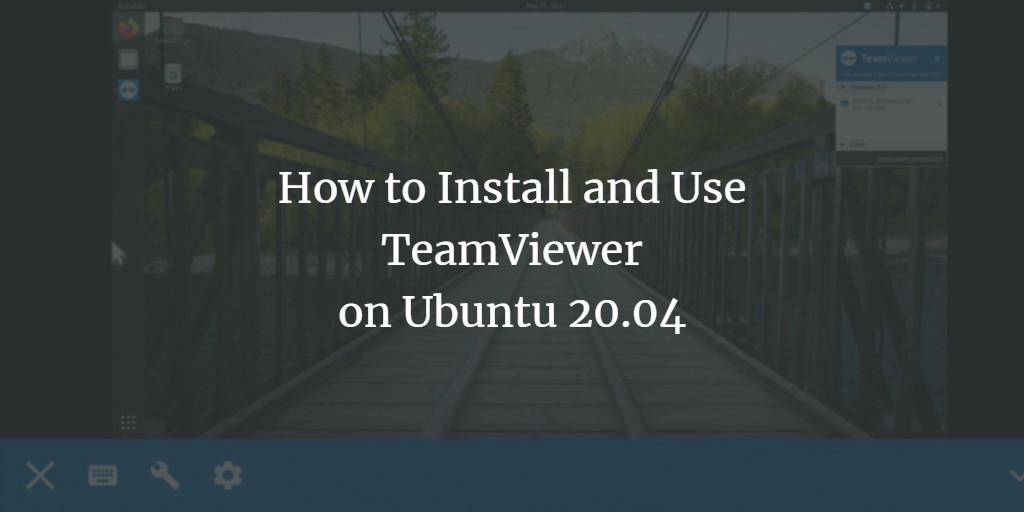TeamViewer is a widely utilized tool for accessing and controlling remote computer systems. Many organizations employ TeamViewer for remote support to their clients. Its applications include troubleshooting system crashes, providing remote technical assistance, facilitating online educational programs, enabling video conferencing, and supporting remote work scenarios such as working from home.
In the wake of the COVID-19 pandemic, TeamViewer has become essential as most IT staff operate remotely. With TeamViewer, you can access a remote desktop, interact with it using your mouse and keyboard, troubleshoot issues, and assist remote employees without being physically present.
TeamViewer Features
TeamViewer allows you to remotely control computers and Android devices. As a cross-platform software, it offers flexibility to manage any device from another, like operating a desktop from a mobile device or vice versa.
Linux systems with command line access can also be accessed via TeamViewer, making it invaluable for managing servers such as web servers and database servers.
Available for major operating systems – Linux, macOS, Windows, Chrome, iOS – TeamViewer also supports file transfers across these platforms, regardless of the operating systems involved.
What Will We Cover?
This guide demonstrates the official method to install TeamViewer on an Ubuntu 20.04 system. You’ll also learn how to install TeamViewer on an Android device and connect to your Ubuntu desktop. Let’s dive into the installation process.
How TeamViewer Works
Step 1: Install TeamViewer on the device you want to access remotely. It can be a client device (laptop, desktop, mobile), server, IoT device, or a kiosk system.
Step 2: Download and install TeamViewer on the device you will use to connect to the target devices (as specified in step 1).
Step 3: Initiate the connection from your local device by entering the remote device’s Connection ID in the “Partner ID” field. Hit the connect button, and the remote desktop will appear on your screen. You’re now ready to access the remote device.
If you are the person accessing the target remote device, you can manage which features to share with the user connected to your system.
NOTE: TeamViewer is version-specific, meaning different versions on communicating devices can hinder a successful connection. Always download TeamViewer from the official website to avoid this issue.
Installing TeamViewer
Step 1: Download the TeamViewer setup file (.deb) for Ubuntu (Debian) systems from the official website. You can click here to download the file directly. We are using the x86_64 bit Debian package; for a 32-bit system, use the x86_32 bit file.
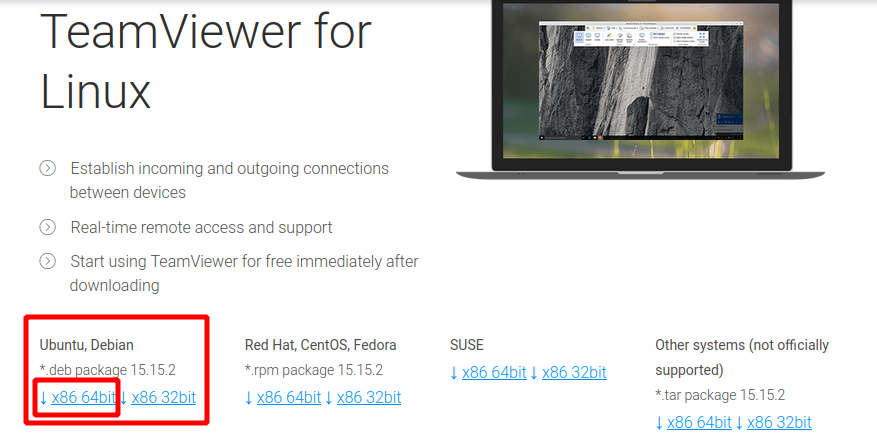
Step 2: Navigate to the download folder and double-click the teamviewer_xx_amd64.deb file. Alternatively, right-click the file and choose the option “Open with Software Install.”
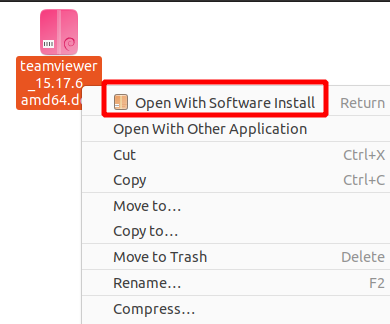
Step 3: In the installation window, click on the Install button and enter your administrator password in the Authentication dialog box when prompted.
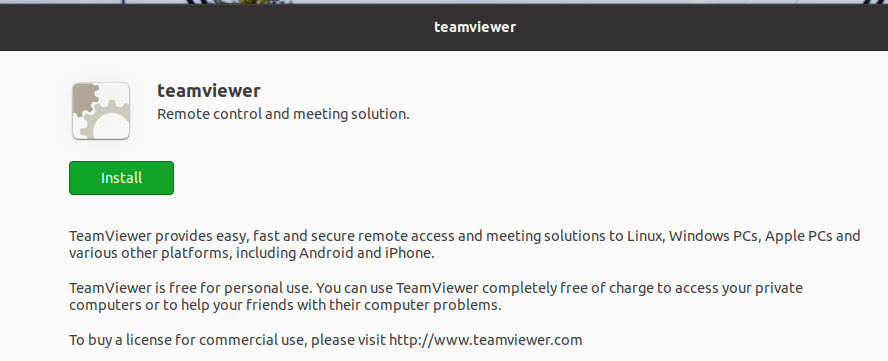
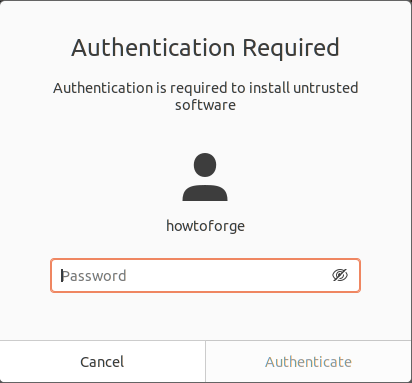
Step 4: After the installation completes, launch TeamViewer by searching for it in the Activities menu’s search bar at the upper-left corner of your screen.

Accept the license agreement and press ‘Continue’:
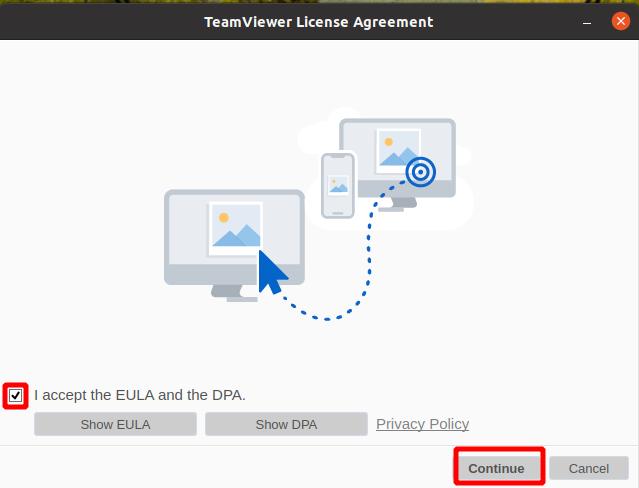
The startup screen will display your remote control ID and password for remote access:
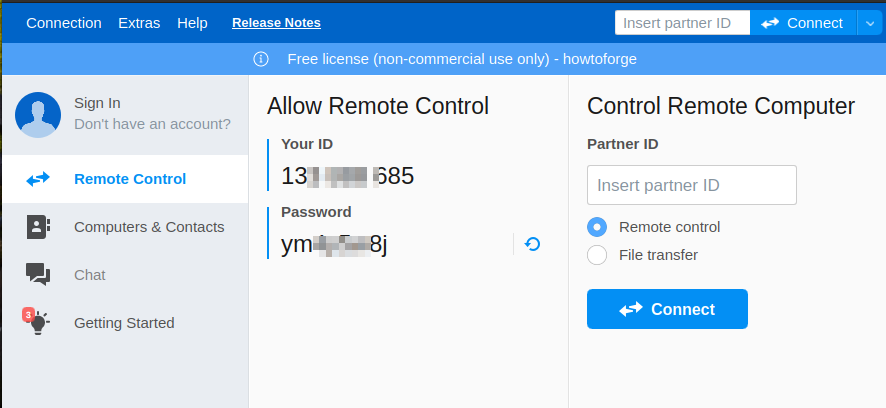
Connecting with TeamViewer from an Android Device
We will now install TeamViewer on our Android mobile device. Follow these steps:
Step 1: Install TeamViewer from the Google Play Store on any supported Android device.

Step 2: After installing the app, launch it and enter the ID of the remote machine from your Ubuntu 20.04 system into the Partner ID field of TeamViewer on your Android device.
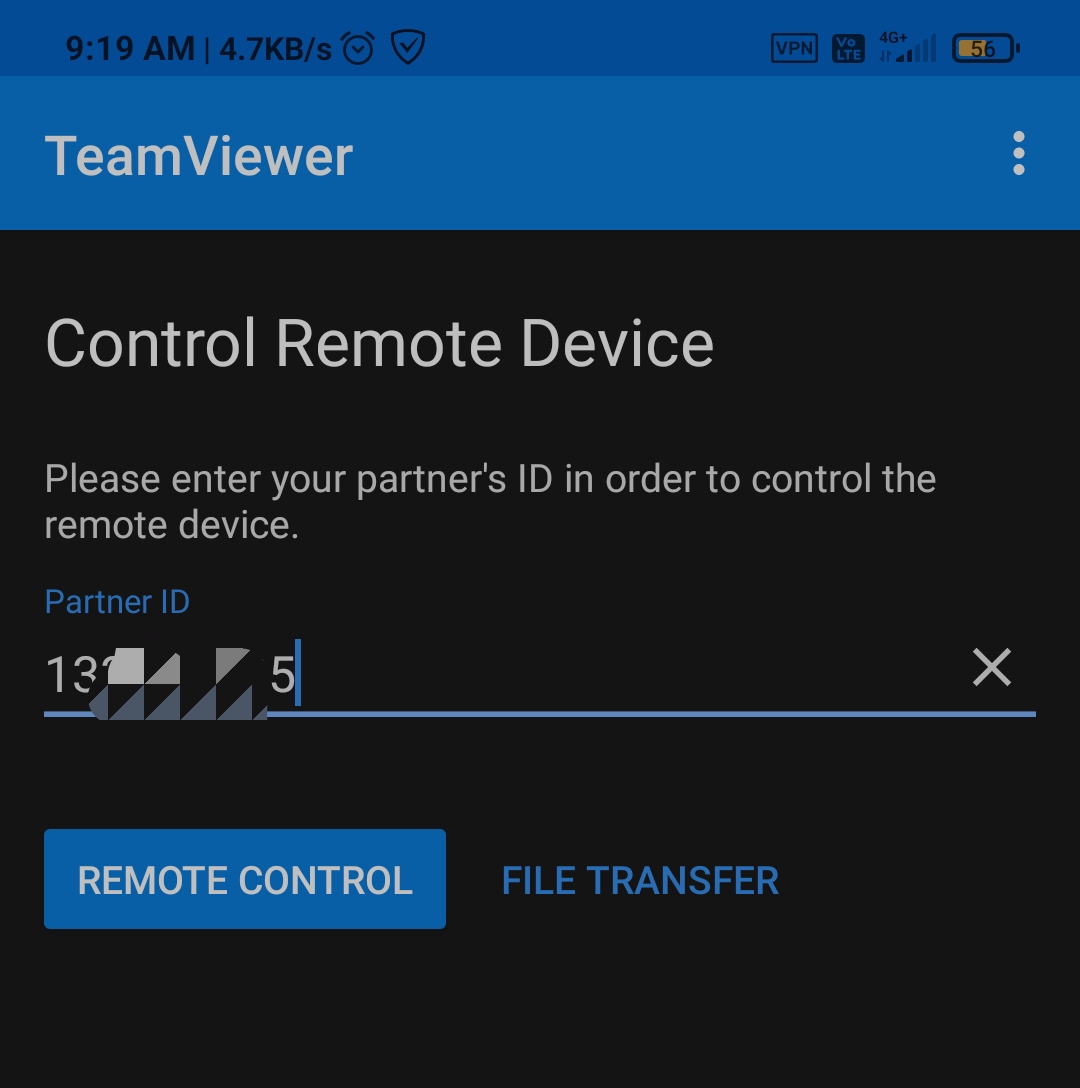
Step 3: Click the ‘Remote Control’ button and enter the password for the remote system to authenticate.

If successful, you will see the Ubuntu 20.04 desktop screen on your Android device, as depicted below:
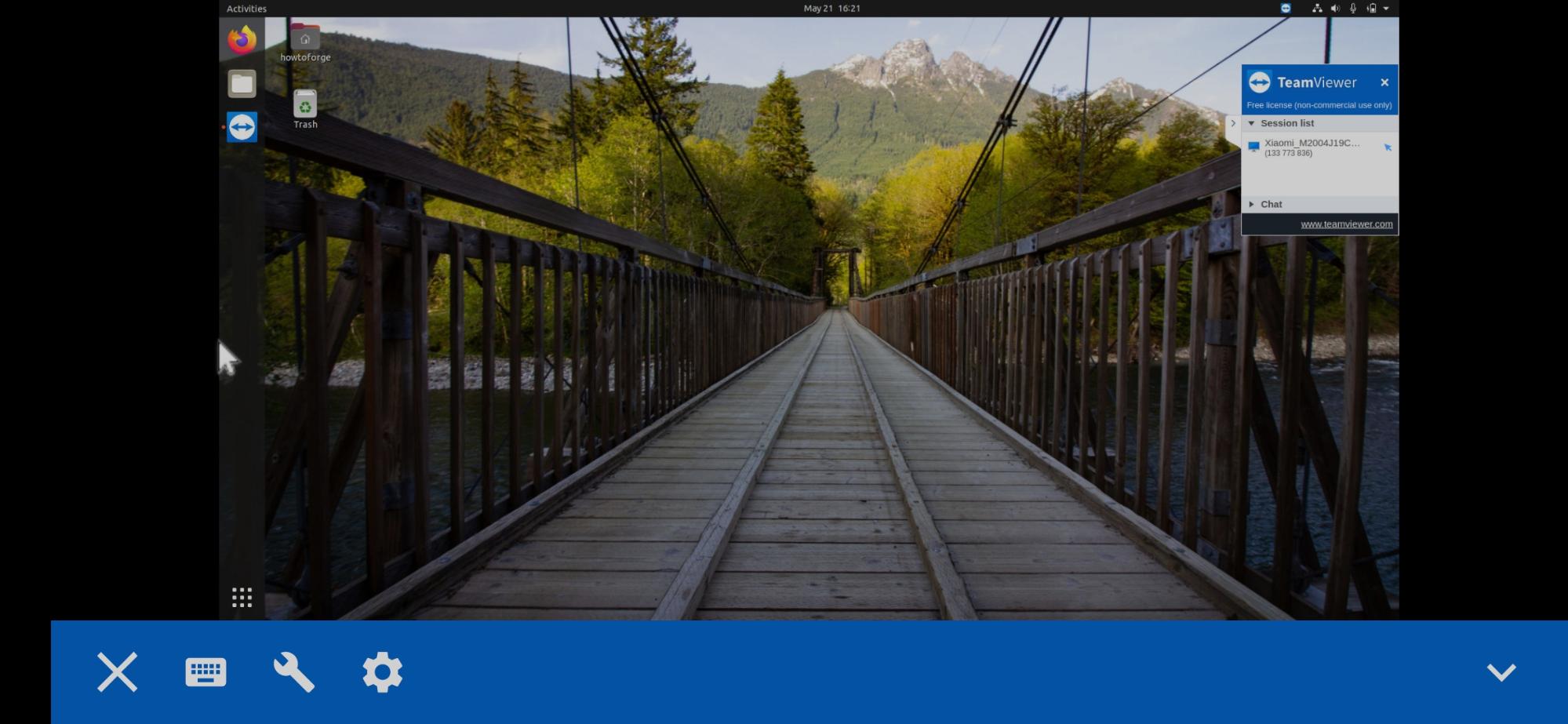
You should now be able to control the remote computer from your Android device.
Conclusion
Congratulations, TeamViewer has been successfully installed on Ubuntu 20.04 OS. It is an invaluable tool for remote access and control, freely available for non-commercial use. For commercial functionality, a paid version is required.
Frequently Asked Questions (FAQ)
1. Is TeamViewer free to use?
Yes, TeamViewer is free for personal use. For commercial use, licensing options are available for purchase.
2. Can I control Linux servers with TeamViewer?
Yes, TeamViewer allows control of Linux servers, including those with command-line access, making it an ideal choice for accessing servers like web or database servers.
3. Does TeamViewer work across different operating systems?
Absolutely, TeamViewer is a cross-platform software, which means it supports connections between diverse devices such as Windows, macOS, Linux, Android, iOS, and Chrome OS.
4. How does version compatibility affect TeamViewer connections?
For successful connections, both devices must have compatible TeamViewer versions. If they differ, you may face connectivity issues. Ensure to download the latest version from the official TeamViewer website.
5. What should I do if I face connectivity issues?
Ensure both devices are running compatible TeamViewer versions. Check your internet connection, and if the problem persists, consult TeamViewer’s support resources or reach out to their customer support for assistance.
